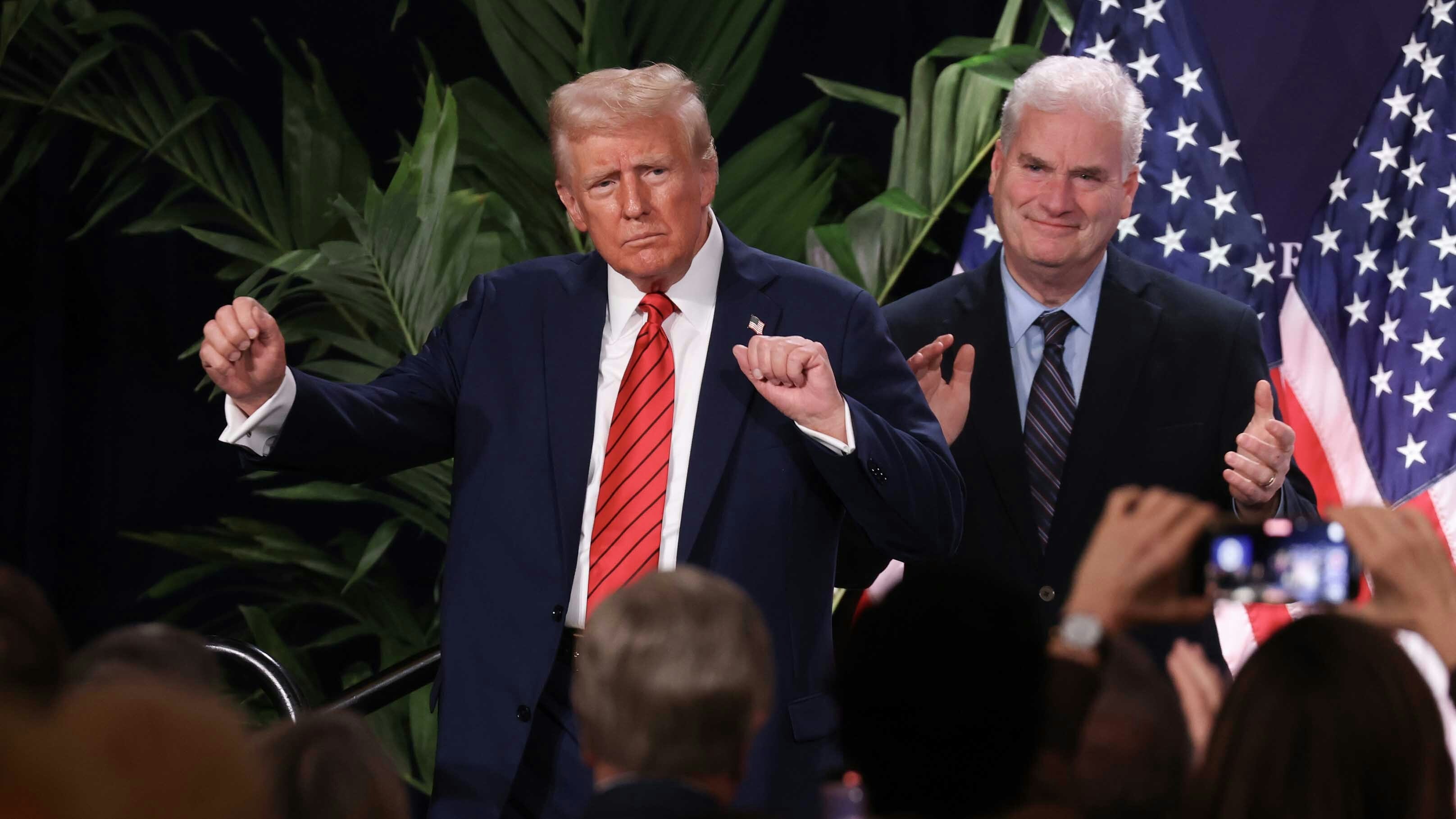The following is a letter Converse County Treasurer Joel Schell sent to the State Land And Investment Board on Friday regarding local Wyoming governments pulling nearly $200 million over the past year from the WYO-STAR II investment fund. Schell agreed to let Cowboy State Daily publish the letter.
Chairman Gordon and Board Members,
Having listened to the Board's discussion of the WyoStar II program, I would like to clarify a few points regarding my concerns with the management of the program.
This is not an education problem. I've worked in the Converse County Treasurer's Office for over 32 years, been Treasurer for 18 years, served on State Treasurer Joe Meyer's Investment Advisory Committee, as a Trustee on the Wyoming Government Investment Fund for 13 years, and as a member of the National Association of County's Finance, Pensions and Intergovernmental Affairs Steering Committee for 11 years.
I understand the pool has risk and we have shared in losses over the years without objection. I understand the difference between bond pricing and bond yields, as well as the difference between realized losses and market losses. I believe my colleagues share that understanding, as they are reacting to WyoStar II as you would expect any savvy investors to react.
Converse County invested construction funds in the program in 2018, with the intent of drawing down those funds over a period of 3 to 5 years as a building was constructed. In accordance with the WyoStar II program rules, those funds were liquid after the minimum investment term of 3 months, since the Pool Administrator had not designated any change to the minimum term in writing to the participants.
Upon drawing the balance of those funds out 60 months later, I was advised that I could only withdraw 90%, and the balance would be held to offset losses the fund would incur because of my withdrawal.
This is akin to presenting a bond on maturity and having the bond issuer tell you they don't have the cash to pay the bond.
The run on WyoStar II is not due to ignorance, or investors chasing yield. In answer to Secretary Gray's question as to why participants are leaving the fund, it's because as soon as investors realize the pool is not holding maturities that match the liquidity needs of the participants, meaning that every withdrawal will result in losses distributed among all participants, prudent ones will execute strategies to remove their money.
They're pulling investments because they're smart, and they're compelled to protect the funds they custodian.
Many of these issues could be resolved through better communication from the Pool Administrator. The program rules allow the Administrator to change the minimum investment term, set maximum transaction amounts and lengthen the designated notification time for withdrawals.
As a participant I've never received written notice altering any of those items, so I reasonably assumed my funds were liquid and that the fund was being managed to provide that liquidity. If market changes made that infeasible, the Administrator should have communicated that to the participants.
I hope the Board will work with the Administrator to encourage better communication to improve confidence in the program and for the betterment of WyoStar II and all local government investors.
I appreciate the discussion and your attention to this matter.
Respectfully yours,
Joel Schell
Converse County Treasurer





